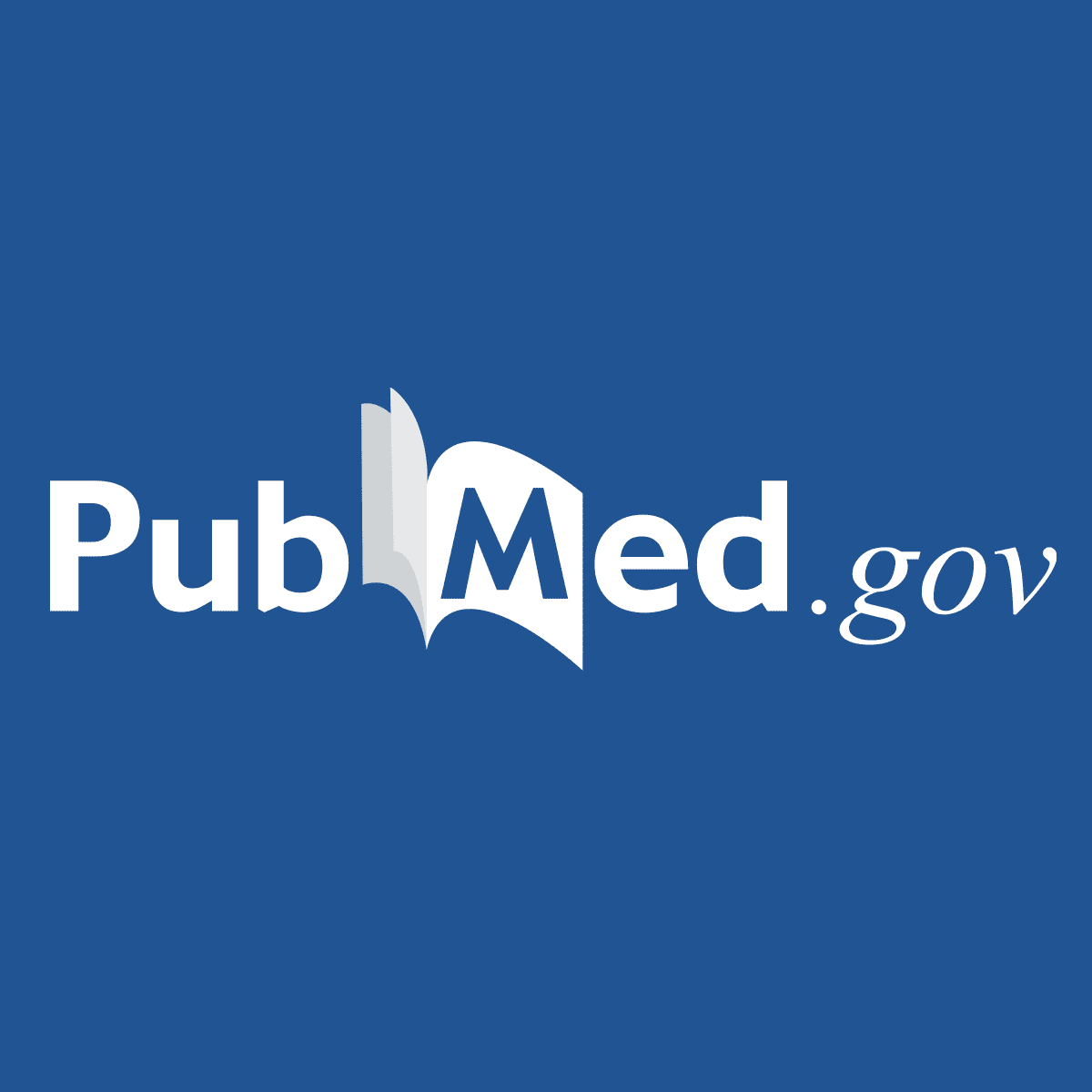Immune reconstitution inflammatory syndrome
Immune reconstitution inflammatory syndrome (IRIS) is a condition seen in some cases of AIDS or immunosuppression, in which the immune system begins to recover, but then responds to a previously acquired opportunistic infection with an overwhelming inflammatory response that paradoxically makes the symptoms of infection worse.In HIV infection and immunosuppression
The suppression of CD4 T cells by HIV (or by immunosuppressive drugs) causes a decrease in the body's normal response to certain infections. Not only does this make it more difficult to fight the infection, it may mean that a level of infection that would normally produce symptoms is instead undetected (subclinical infection). If the CD4 count rapidly increases (due to effective treatment of HIV, or removal of other causes of immunosuppression), a sudden increase in the inflammatory response produces nonspecific symptoms such as fever, and in some cases a worsening of damage to the infected tissue.[medical citation needed]There are two common IRIS scenarios. The first is the “unmasking” of an occult opportunistic infection. The second is the “paradoxical” symptomatic relapse of a prior infection despite microbiologic treatment success. Often in paradoxical IRIS, microbiologic cultures are sterile. In either scenario, there is hypothesized reconstitution of antigen-specific T cell-mediated immunity with activation of the immune system following HIV therapy against persisting antigen, whether present as intact organisms, dead organisms, or debris.[2]
Though these symptoms can be dangerous, they also indicate that the body may now have a better chance to defeat the infection. The best treatment for this condition is unknown. In paradoxical IRIS reactions, the events will usually spontaneously get better with time without any additional therapy. In unmasking IRIS, the most common treatment is to administer antibiotic or antiviral drugs against the infectious organism. In some severe cases, anti-inflammatory medications, such as corticosteroids are needed to suppress inflammation until the infection has been eliminated.[medical citation needed]
Infections most commonly associated with IRIS include Mycobacterium tuberculosis and cryptococcal meningitis. Persons living with AIDS are more at risk for IRIS if they are starting HAART for the first time, or if they have recently been treated for an opportunistic infection (OI). It is generally advised that when patients have low initial CD4 T cell count and opportunistic infection at the time of their HIV diagnosis, they receive treatment to control the opportunistic infections before HAART is initiated approximately two weeks later. This is true for most OIs, except for OIs involving the central nervous system.[medical citation needed]
In cryptococcal meningitis
IRIS is particularly problematic in cryptococcal meningitis as IRIS is fairly common and can be fatal.[3]IRIS has been described in immunocompetent hosts who have meningitis caused by Cryptococcus gattii and Cryptococcus neoformans var. grubii, environmental fungi which often affect immunocompetent hosts. Several weeks or even months into appropriate treatment, there is a sudden onset deterioration with worsening meningitis symptoms and progression or development of new neurological symptoms.[citation needed]
Magnetic resonance imaging shows increase in the size of brain lesions, and CSF abnormalities (white cell count, protein, glucose) increase. CSF culture is typically sterile, and there is no increase in CSF cryptococcal antigen titer.[4]
The increasing inflammation can cause brain injury or be fatal.[5][6][7]
The general mechanism behind IRIS is increased inflammation as the recovering immune system recognizes the antigens of the fungus as immunosuppression is reversed. Cryptococcal IRIS has three phases:
- before HAART, with a paucity of cerebrospinal fluid (CSF) inflammation and defects in antigen clearance;
- during initial HAART immune recovery, with pro-inflammatory signaling by antigen-presenting cells without an effector response; and
- at IRIS, a cytokine storm with a predominant type-1 helper T-cell interferon-gamma response.[3][4][8]
- lack of initial CSF pleocytosis (i.e. low CSF white blood cell count);
- elevated C-reactive protein;
- failure to sterilize the CSF before immune recovery.

